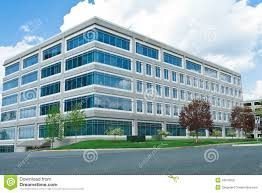Month: February 2016
-

Sensitive Areas Within Office Buildings — Part II
(Editor’s note: This is Part II and our concluding blog from H&S Protection’s Jeff Lukasavige. If you’d like to contribute a guest blog, please contact Mike Horgan at mhorgan@hsprotection.net.) In our last blog, I addressed access control issues for office buildings. This week, I want to drill down into specific areas within an office environment…
-

With Protection, There is a Cost – Part I
(Editor’s note: This is the first in a two-part series from H&S Protection’s Jeff Lukasavige on protecting office buildings. We seek new voices from our employees and customers to publish on our blog. Please send your idea to Mike Horgan at mhorgan@hsprotection.net.) A mentor of mine – a retired Lieutenant Colonel from the U.S.…